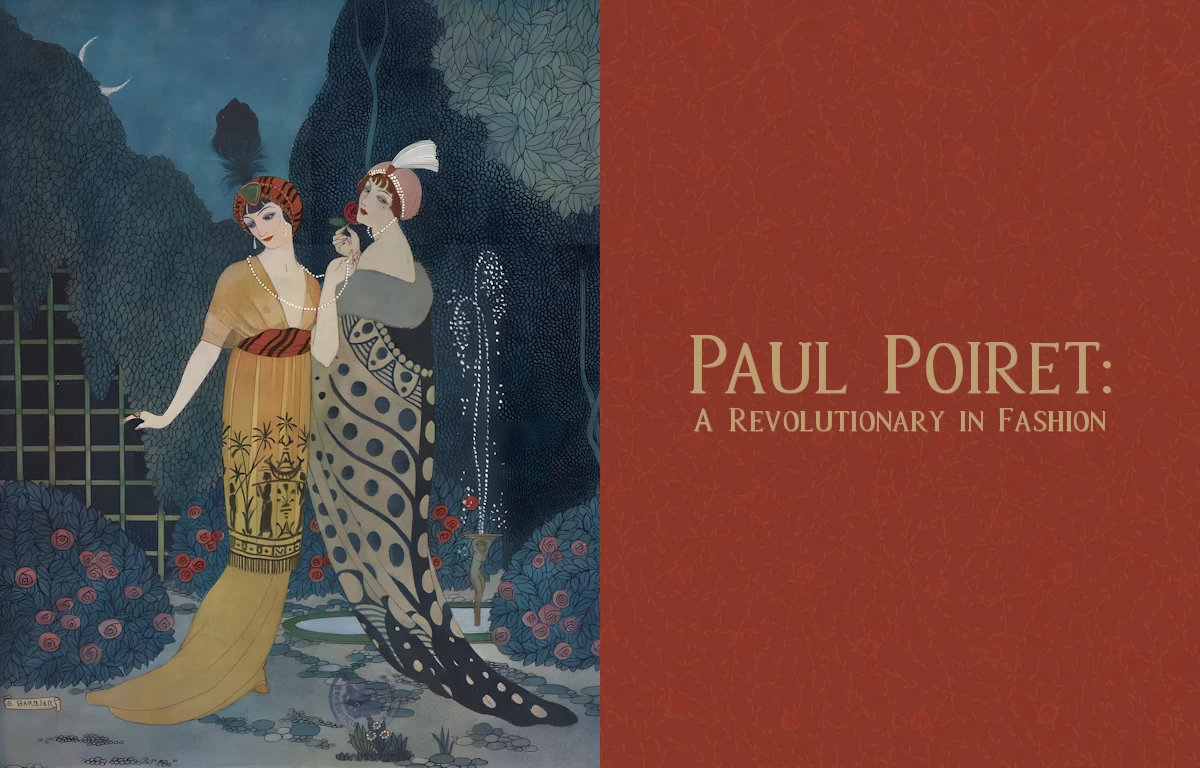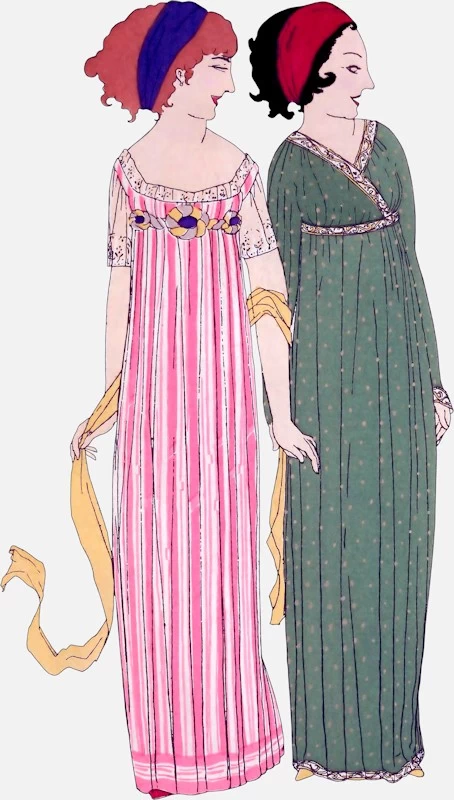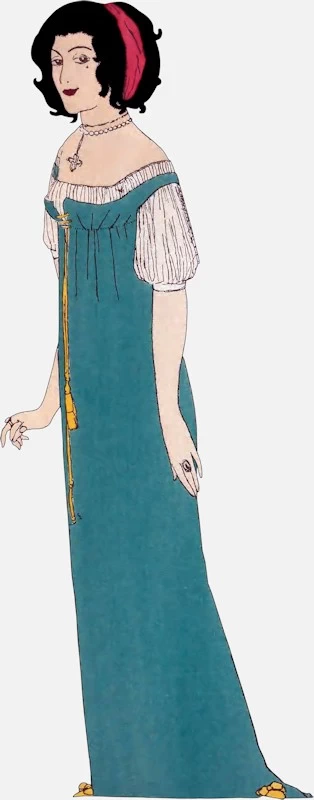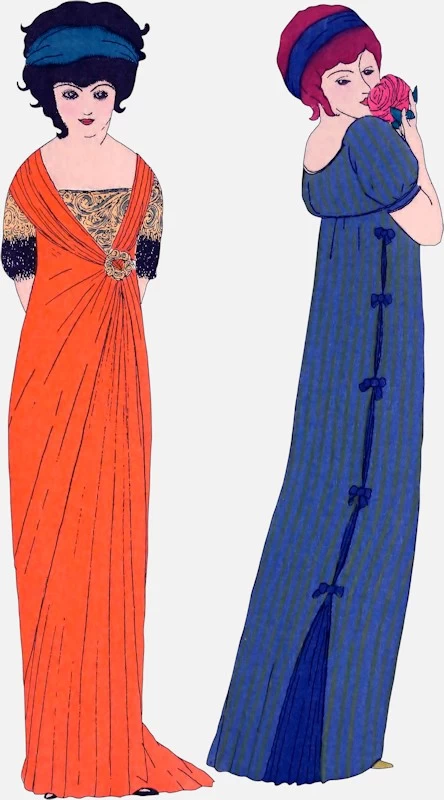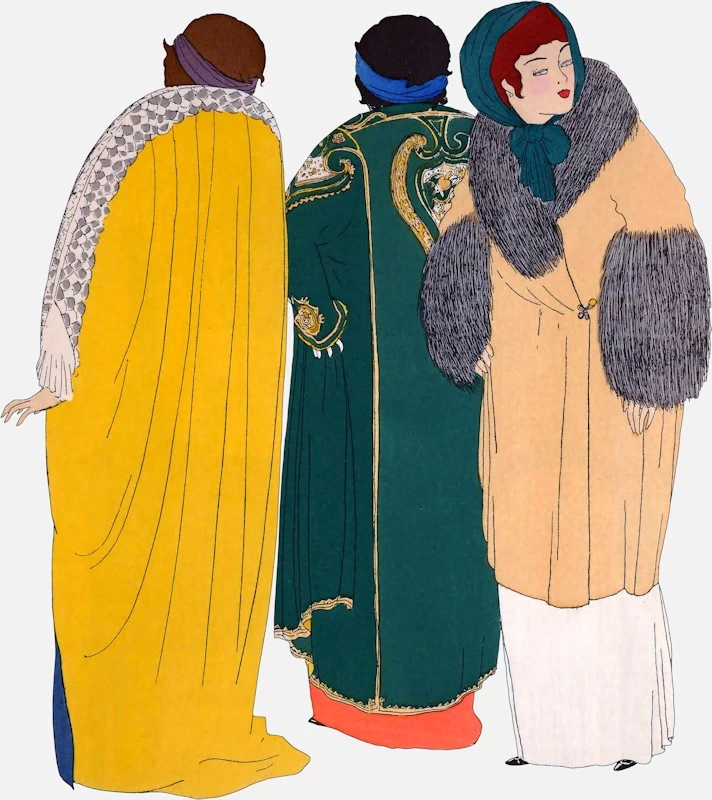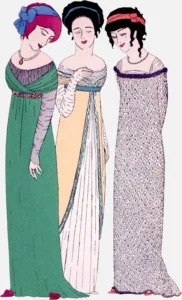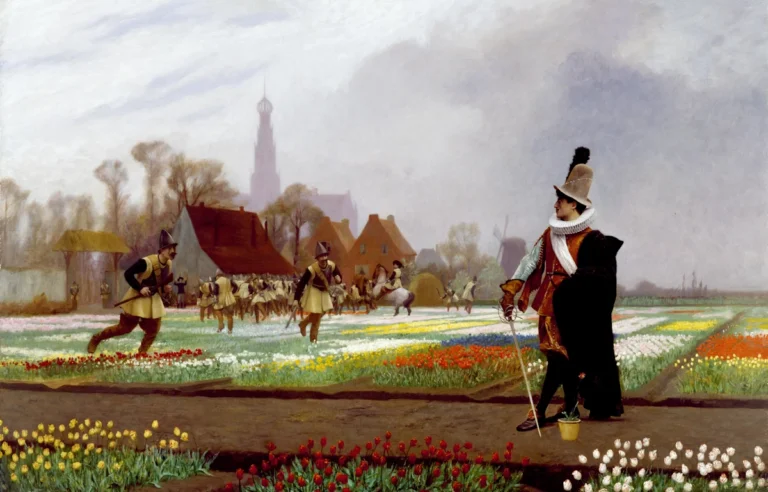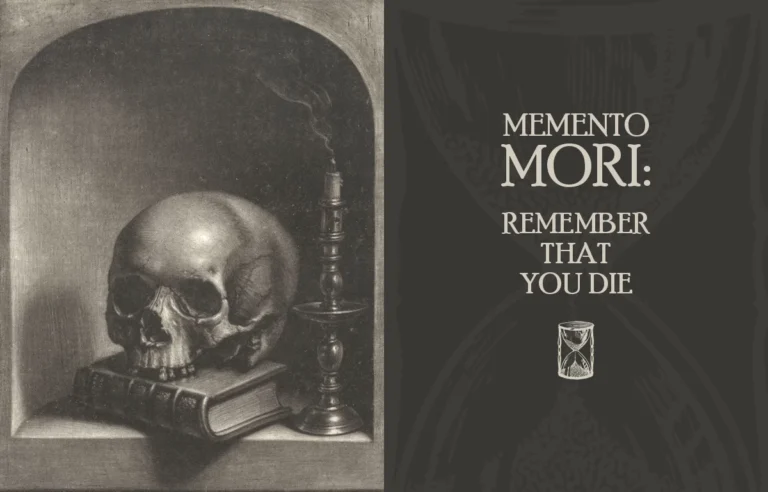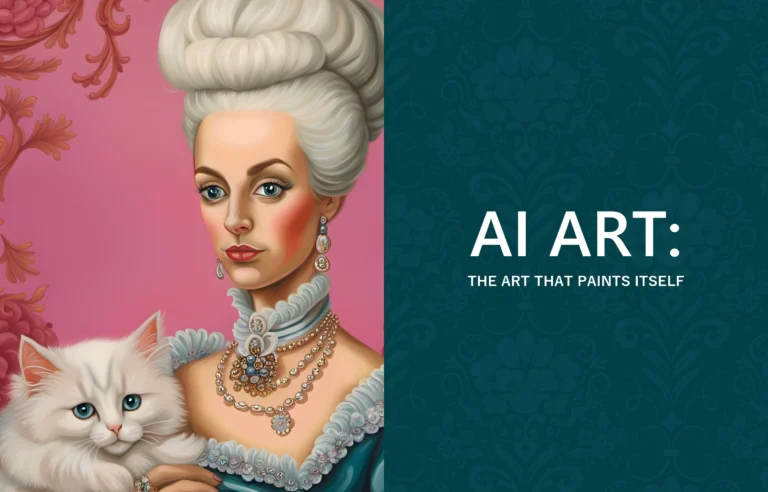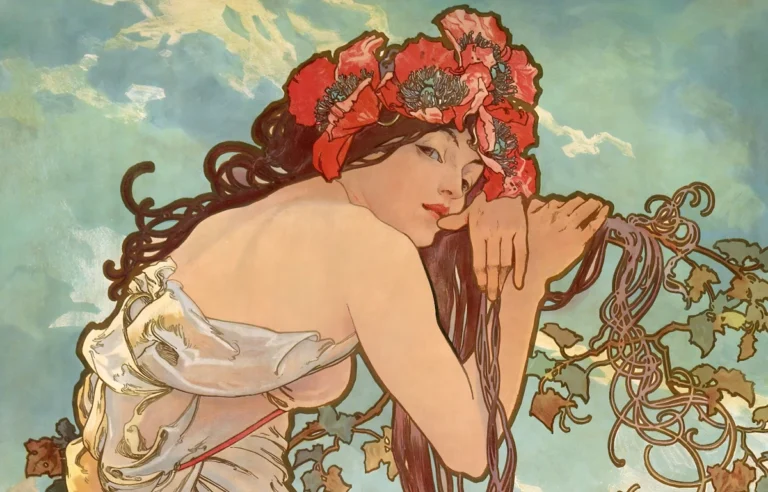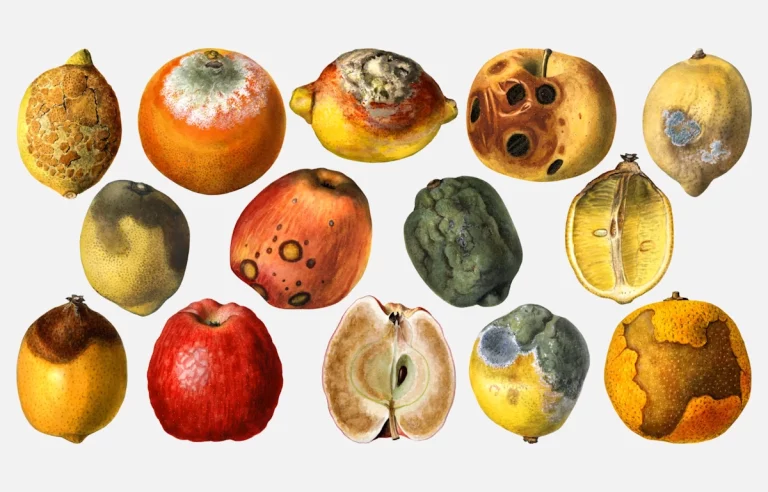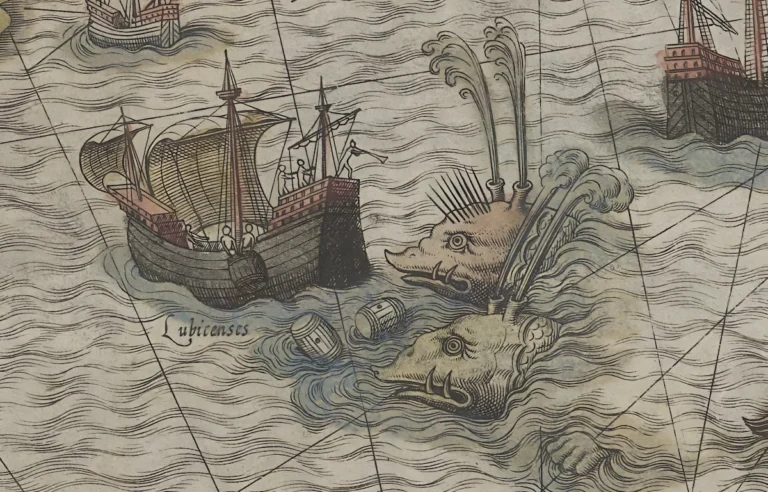Paul Poiret: A Revolutionary in Fashion
Paul Poiret: A Revolutionary in Fashion
Paul Poiret (1879-1944) was a French fashion designer and couturier who transformed the fashion landscape in the early 20th century. In a time when fashion was synonymous with restrictive corsets, voluminous skirts, and elaborate ornamentation, Poiret dared to envision and create something radically different. His designs were a bold departure from the stiff silhouettes that dominated the era, introducing loose, flowing garments inspired by exotic cultures, particularly from the East.
Poiret’s designs, characterized by kimono-style wraps, draped fabrics, and a clear rejection of the corset, were initially met with resistance. The Russian Princess Bariatinsky’s famous reaction to one of his creations—comparing it to a sack used for beheading prisoners—captures the shock and dismay that Poiret’s modernity initially inspired among the elite. Yet, it wasn’t long before the fashion world caught up with his vision. By 1903, he had established his own fashion house, which quickly became known for its avant-garde creations that resonated with a burgeoning desire for change and freedom in women’s fashion.
The Birth of Les robes de Paul Poiret
In 1908, Paul Poiret’s innovative spirit extended beyond the runway and into the pages of one of the most influential fashion books of the time: Les robes de Paul Poiret. This book was more than a mere catalog of his designs; it was a visual manifesto that showcased his bold aesthetic and broke new ground in how fashion was communicated to the public. To bring this vision to life, Poiret collaborated with Paul Iribe, a pioneering French illustrator and designer, who was as unconventional and forward-thinking as Poiret himself.
Paul Iribe (1883-1935) was a multifaceted artist who played a significant role in shaping the visual culture of early 20th-century France. His work spanned various mediums, from fashion illustration to interior design, and he was known for his sharp, satirical eye and his ability to distill the essence of luxury and modernity into his drawings. For Les robes de Paul Poiret, Iribe employed a technique called pochoir, which involved using stencils to apply vibrant colors in layers, creating images that were both flat and vividly colored. This labor-intensive process was ideal for capturing the richness and opulence of Poiret’s designs.
The Pochoir Technique: Artistry in Fashion Illustration
The pochoir technique was particularly popular in France during the early 20th century, especially in the realm of fashion illustration. Unlike traditional printing methods, which could result in muted colors and a loss of detail, pochoir allowed for the precise application of colors, often producing a look that was more akin to hand-painting than mass production. Each color was applied using a separate stencil, and the process required meticulous attention to detail and a deep understanding of color theory.
In Les robes de Paul Poiret, Iribe’s use of pochoir brought Poiret’s groundbreaking designs to life in a way that had never been seen before. The vibrant hues, combined with the sharp lines and stylized forms, captured the essence of Poiret’s modernist vision. The images in the book depicted wealthy women in various settings, from elegant boudoirs to opulent gardens, all wearing Poiret’s latest creations. These illustrations were not just representations of fashion but were statements of a new kind of luxury—one that was rooted in simplicity, freedom, and a rejection of the old order.
A New Era of Fashion Communication
Les robes de Paul Poiret was groundbreaking not only for its content but also for the way it was presented. At the time, fashion communication was still largely traditional, relying on static photographs or wordy descriptions in fashion magazines. Poiret and Iribe’s book, with its striking visuals and minimal text, was a radical departure from this norm. The images themselves told the story, conveying a sense of movement, light, and life that photographs of the era could not capture.
The book was also a testament to Poiret’s understanding of branding and self-promotion. By collaborating with Iribe, he was able to create a product that was as much about art as it was about fashion. The illustrations were not just about the clothes but about the world that Poiret was creating—a world of elegance, luxury, and modernity. The book served as a tool for marketing his fashion house, positioning Poiret as a leader in the fashion industry and solidifying his reputation as a visionary designer.
The Impact of Les robes de Paul Poiret
The publication of Les robes de Paul Poiret had a profound impact on both the fashion and art worlds. It set a new standard for fashion illustration, inspiring a generation of artists and designers to explore the possibilities of pochoir and other innovative techniques. The book also played a key role in establishing the idea of fashion as a form of art, a concept that would continue to evolve throughout the 20th century.
For Poiret, the book was a significant milestone in his career. It helped to further establish his brand and his reputation as a designer who was unafraid to push boundaries and challenge the status quo. The success of the book also demonstrated the power of visual storytelling in fashion, a lesson that would be embraced by many of Poiret’s contemporaries and successors.
Paul Iribe: A Pioneering Illustrator
Paul Iribe’s contribution to Les robes de Paul Poiret was a defining moment in his career as well. The success of the book brought him widespread recognition and opened the door to numerous opportunities in the world of design. He went on to work for prestigious publications like Vogue, where he continued to push the boundaries of fashion illustration with his bold, graphic style. Iribe also ventured into other areas of design, including furniture, textiles, and set design, further cementing his reputation as a versatile and innovative artist.
Iribe’s social life was as colorful as his professional one. He was part of the bohemian circles of Paris, mingling with artists, writers, and socialites. His later relationship with Coco Chanel, one of the most influential fashion designers of the 20th century, added another layer to his storied life. Iribe’s work in Hollywood, where he contributed to set designs for films, showcased his ability to translate his artistic vision across different mediums.
Legacy and Influence
Les robes de Paul Poiret remains an iconic work in the history of fashion illustration and book design. Its influence can be seen in the way fashion is presented and marketed today, with a strong emphasis on visual storytelling and brand identity. Poiret’s designs, as captured by Iribe, continue to inspire fashion designers who seek to break free from convention and embrace the new.
The collaboration between Paul Poiret and Paul Iribe was more than just a meeting of minds; it was a fusion of fashion and art that captured the spirit of an era and laid the groundwork for the future of both industries. The book not only showcases the genius of Poiret as a designer but also highlights the importance of collaboration in the creative process. Together, Poiret and Iribe created a work that is as much a piece of art as it is a document of fashion history—a testament to the enduring power of innovation and the pursuit of beauty.


